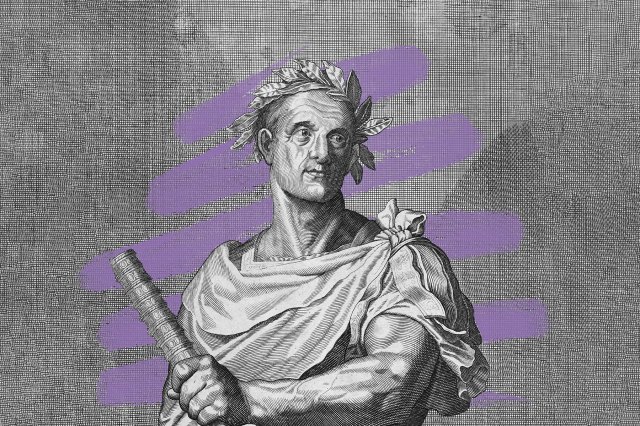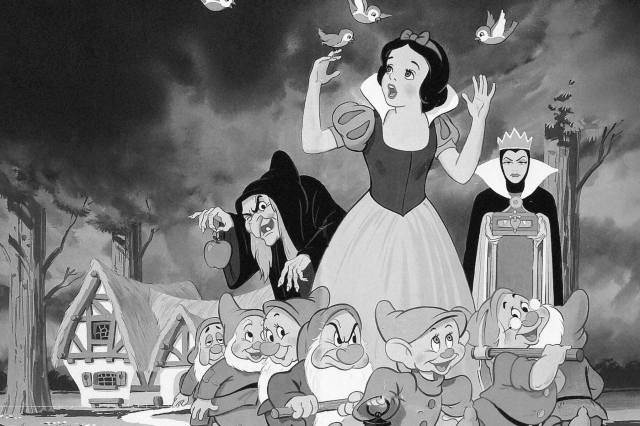In the first century BCE, Rome's calendar was a mess. The timekeeping system was first instituted around 700 BCE (back when Rome had kings), and from the start, the calendar had some issues. |
| |
| |
|
 |
|
| I n the first century BCE, Rome's calendar was a mess. The timekeeping system was first instituted around 700 BCE (back when Rome had kings), and from the start, the calendar had some issues. The year was 355 days long with an extra month added at the discretion of the pontifices, high-ranking priests who were in charge of the calendar. As the system was imprecise and subject to mismanagement, over time the calendar became misaligned with the seasons. What's more, pontifices often abused their power by lengthening the terms of their allies and curtailing them for adversaries. |
|
|
| When Julius Caesar became dictator of Rome in 49 BCE, he decided a change was in order, both to limit the pontifices' power and to create a more effective calendar for administering a growing empire. With the help of Greek astronomer Sosigenes of Alexandria, Caesar instituted the eponymous Julian calendar on January 1, 45 BCE. But to make the switch to the new calendar, Romans had to withstand what's now known as the "last year of confusion." At this point, Rome's calendar was roughly three months out of whack with the seasonal harvest festivals, so Caesar inserted three extra months into the year 46 BCE, known as "intercalary months," to get his 365-day calendar realigned with the solar year. For those living within Rome's borders, 46 BCE — at 445 days long — became the longest year in history. |
|
 |  |
|
|
 |
|
| |
|
| Year Roman Emperor Constantine established the seven-day civil week | | | 321 CE |
| | | Order number of the month Quintilis (meaning "fifth"), which was renamed "July" | | | 5 |
| | | Order number of the month Quintilis (meaning "fifth"), which was renamed "July" | | | 5 |
|
|
|
| Number of seconds the modern calendar differs from the solar year | | | 26 |
| | | Estimated year ancient Egyptians started using a solar calendar, the first civilization to do so | | | 3000 BCE |
| | | Estimated year ancient Egyptians started using a solar calendar, the first civilization to do so | | | 3000 BCE |
|
|
|
 |
|
 | | Did you know? |
|
|
The year 1752 was the shortest year in American history. |
|
| The Julian calendar was a major mathematical improvement over its predecessor, but it was still 11 minutes and 14 seconds behind the solar year. This small error grew bigger with each passing year, and the calendar was a full 10 days behind by the 16th century. In 1582, Pope Gregory XIII, with the aid of Italian astronomer Aloysius Lilius, instituted the modern Gregorian calendar to correct this. But because of religious differences between Catholic Rome and Protestant Britain, the British Empire — which included the American colonies at the time — didn't make the switch until the mid-18th century, mostly at the insistence of British astronomers. At that point, the year 1752 jumped from September 2 to September 14, making it only 355 days long and the shortest year in U.S. history. Although the empire lost 11 days, the change brought about the modern calendar that is still in use today. |
|



















0 comments:
Post a Comment